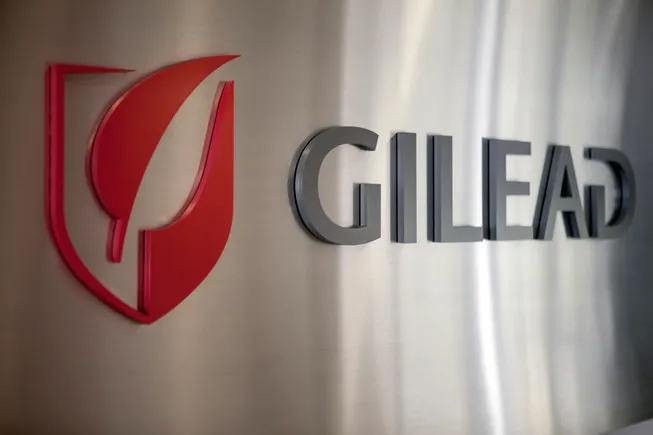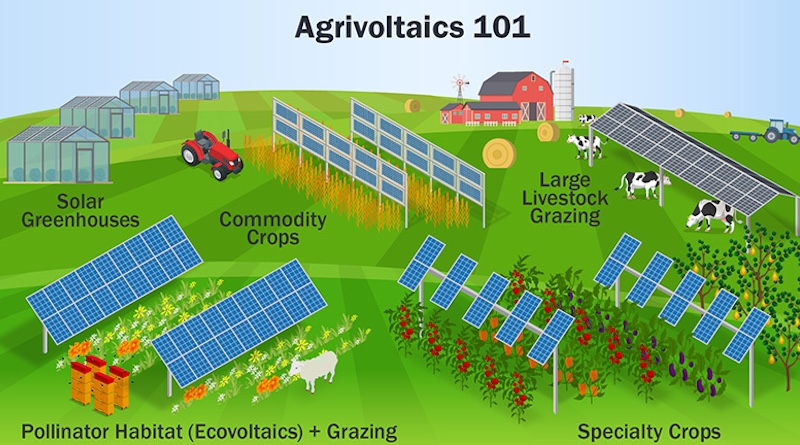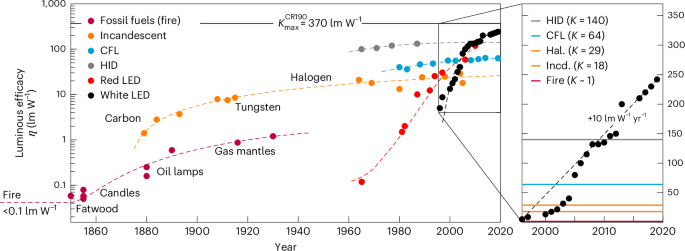Boon and Bane of Local Solid State Chemistry on the Performance of LSM‐Based Solid Oxide Electrolysis Cells
Advanced Energy Materials, Volume 15, Issue 16, April 22, 2025.

Cation diffusion causes an increase in the catalytically active MIEC region in solid oxide cells. Simultaneously, it leads to the additional formation and growth of secondary structures in the electrolyte, which reduces the oxygen diffusion.
Abstract
High-temperature solid oxide cells are highly efficient energy converters. However, their lifetime is limited by rapid deactivation. Little is known about the local, atomic scale transformation that drive this degradation. Here, reaction-induced changes are unraveled at the atomic scale of a solid oxide electrolysis cell (SOEC) operated for 550 h by combining high-resolution scanning transmission electron microscopy with first-principles and force-field-based atomistic simulations. We focus on the structural evolution of lanthanum strontium manganite (LSM)/yttria-stabilized zirconia (YSZ) regions and the corresponding solid–solid interface. It is found that the strong inter-diffusion of cations leads to the additional formation and growth of a multitude of localized structures such as a solid solution of La/Mn, nano-domains of secondary structures or antisite defects in the YSZ, as well as a mixed ion and electron conduction region in the LSM and complexion. These local structures can be likewise beneficial or detrimental to the performance, by either increasing the catalytically active area or by limiting the supply of reactants. The work provides unprecedented atomistic insights into the influence of local solid-state chemistry on the functioning of SOECs and deepens the understanding of the degradation mechanism in SOECs, paving the way towards nanoscopic rational interface design for more efficient and durable cells.









































































































































































.jpg)






